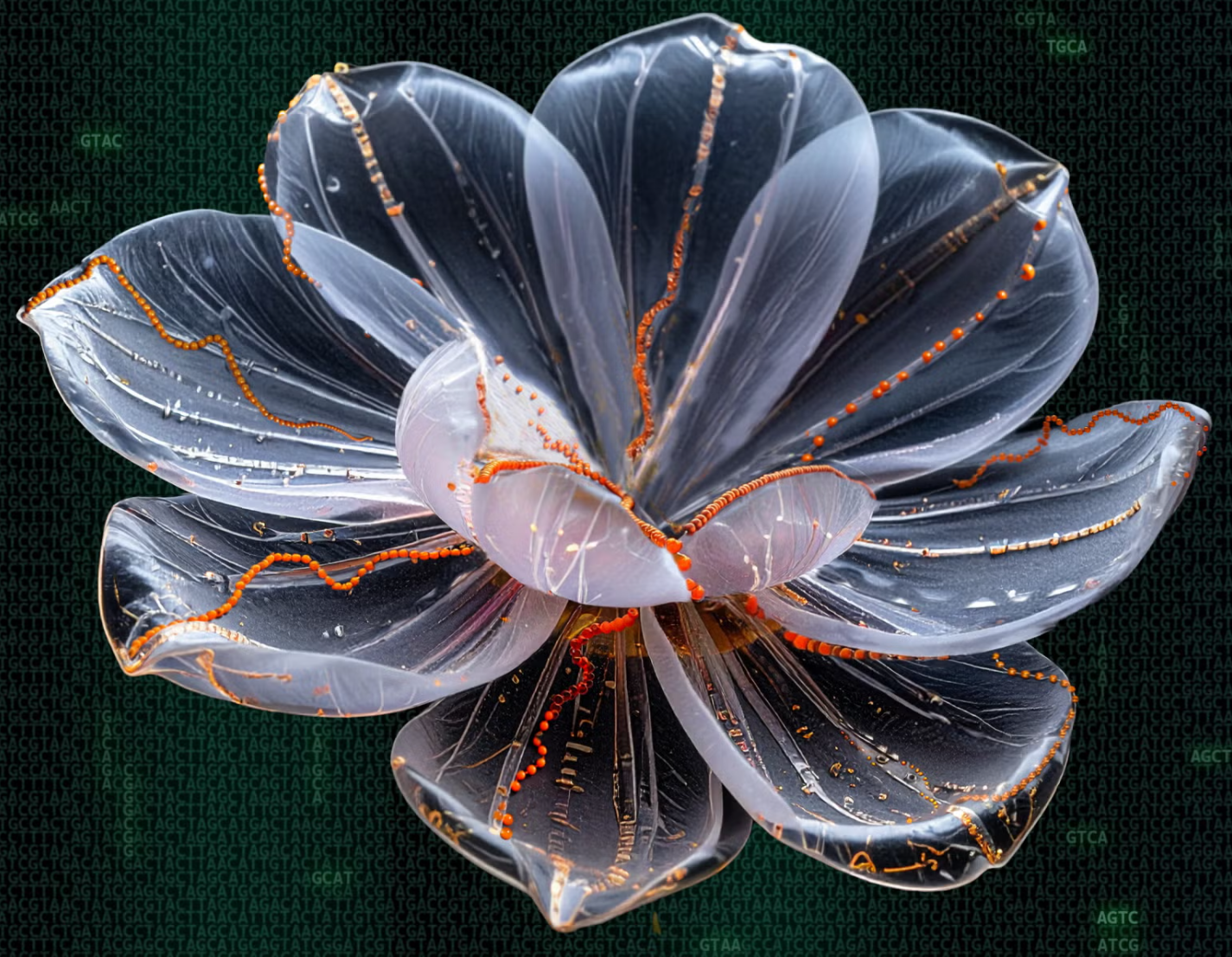Earliest known human-animal figurine provides 12,000-year-old glimpse into prehistoric beliefs
A tiny 12,000 year old figurine from Israel reveals early myth, art and spiritual belief in a prehistoric village.

 Edited By: Joseph Shavit
Edited By: Joseph Shavit

Prof. Leore Grosman and Dr. Laurent Davin, with the figurine. (CREDIT: Hadas Goldgeier)
High above the Sea of Galilee, in the soil of a long-vanished village, a tiny clay sculpture has opened a rare view into the minds of people who lived 12,000 years ago. The figurine, small enough to rest in your palm, shows a scene that feels both intimate and mysterious. A woman crouches as a goose settles across her back, its wings wrapped around her shoulders and its beak tucked against her cheek. The moment is quiet and charged, as if drawn from a story that once shaped the lives of the people who made it.
The discovery derives from Nahal Ein Gev II, a Late Natufian site in northern Israel. The excavation team led by Laurent Davin, of the Hebrew University of Jerusalem, was surprised to find the piece, since it depicts the oldest known interaction between a human and an animal in figurine form. It includes the earliest naturalistic representation of a woman in Southwest Asia.
The team published a report on their work in the Proceedings of the National Academy of Sciences, demonstrating how a simplified bit of clay casts light on the early development of myth, imagination and artistic skill among some of the world’s first settled hunter-gatherers.
Skill and Craft of a Small Sculpture
The figurine is only 3.7 centimeters tall but the thought and skill that went into shaping such a piece exhibit a maker who was careful and thoughtful. The object was fashioned from clay collected in the vicinity, dried, and fired at nearly 400 degrees Celsius, indicating that Natufians knew that heat could harden and preserve their creations. Remains of red pigment are found on the woman and goose, and there is a fingerprint pressed into the surface, suggesting it could have been shaped by an adult or young adult woman.
Upon close examination, it is clear that the artist was thinking about light. The left side of the element was enhanced so that shadows from a fire or the sun would animate the scene. According to Davin, it was intended to be viewed from above in profile, which provided a subtle three-dimensional effect long before these approaches were commonplace in the early farming villages that appeared after the Natufian age.
A Narrative in Clay
The goose does not seem to be hunted or subdued. The attitude of the goose suggests life and even intent, and this led the researchers to clues as to its meaning. Natufians hunted geese for meat, and the feathers were often used for decoration. However, the goose here seems to be part of a deeper story.
Davin and his team argue that the piece shows a mythical or imagined union between a man goose and a woman, coming from an animistic worldview in which animals and natural forces had a spiritual presence. Similar motifs appear across cultures, usually in relation to fertility, dream visions, or sacred narratives that seek to explain life and death.
University of Connecticut anthropologist Natalie Munro, a coauthor of the study, says the figurines are typically symbolic rather than representational. She refers to longstanding traditions of spirits or gods that are described as half dog and half human, for example, to express ideas that are difficult to express in plain language. Natufian villagers, she suggests, may have used such imagery as a mode to ponder the distinctions between the human and natural worlds.
Buried With Significance
The figurine was found within a semicircular stone structure about five meters in diameter. It was in a fill that included other ritual paraphernalia, such as human teeth, and the remains of a child. These things indicate that the place was likely used for ritual (or some kind of special event). Other evidence from the site reveals that geese were a part of daily life in more than one way. The bones indicate that the species was part of their diet, as well as being used for feathers, and some of the bones were used for decoration.
Prof. Leore Grosman of the Hebrew University of Jerusalem, the excavation director, observes that the figurine represents a considerable change as Natufian communities began living in permanent dwellings (versus temporary structures). Communal life in new quarters, with the same people and the same surrounding environment, throughout the different seasons, may have advanced a new kind of storytelling and spirituality.
Natufian villages mark one of the earliest moments of humans settling down in advance of farming. The hunter-gatherers were now hunting, gathering wild grains and continuing some specialized crafts, but moved around less than their predecessors, and likely created and communicated stories more. The figurine represents the physiological, cultural, cognitive and social shifts that were outlining a path that would ultimately lead to the more complex symbolic traditions found later in the art and beliefs of the Neolithic.
Reframing the Past
While some older cave paintings depict hunters along with animals, the piece from Nahal Ein Gev II makes a distinction that relates to a moment in time when people were creating clay as a medium for imaginative expression. It illustrates the distinct possibility that the impulse to tell stories and explain the world around us pushed us forward through time and space for as long as families returned to the same homes over and over again.
Grosman has noted that the clay object suggests that life became settled, sparking shifts in how people understood their own identity in relation to the other living things around them. It likely demonstrates that they were using even more complex artistic techniques (such as shaping clay to play with shadow and depth) much earlier than was previously thought.
Practical Applications Regarding the Research
This discovery gives scientists a richer view of how symbolic thinking evolved as humans shifted from traveling bands to settled groups. By studying early figurines, researchers can trace how belief systems grew more complex and how people used art to explore the natural world.
The find could reshape how future archaeological work interprets similar objects. It may help scholars understand how early spiritual ideas influenced the rise of agriculture, community life and long-lasting cultural traditions.
For the wider public, it offers a reminder that creativity and imagination have deep roots in our shared past.
Research findings are available online in the journal PNAS.
Related Stories
- Historical wonder: 2,500 year-old statue of Greek god Hermes unearthed in Bulgaria
- Faces of the stone age: Ancient stone obelisk rewrites what we know about art and self-awareness
- How Easter Island’s moai statues walked themselves into history
Like these kind of feel good stories? Get The Brighter Side of News' newsletter.
Joshua Shavit
Science & Technology Writer and Editor
Joshua Shavit is a Los Angeles-based science and technology writer with a passion for exploring the breakthroughs shaping the future. As a co-founder of The Brighter Side of News, he focuses on positive and transformative advancements in AI, technology, physics, engineering, robotics and space science. Joshua is currently working towards a Bachelor of Science in Business and Industrial Engineering at the University of California, Berkeley. He combines his academic background with a talent for storytelling, making complex scientific discoveries engaging and accessible. His work highlights the innovators behind the ideas, bringing readers closer to the people driving progress.



